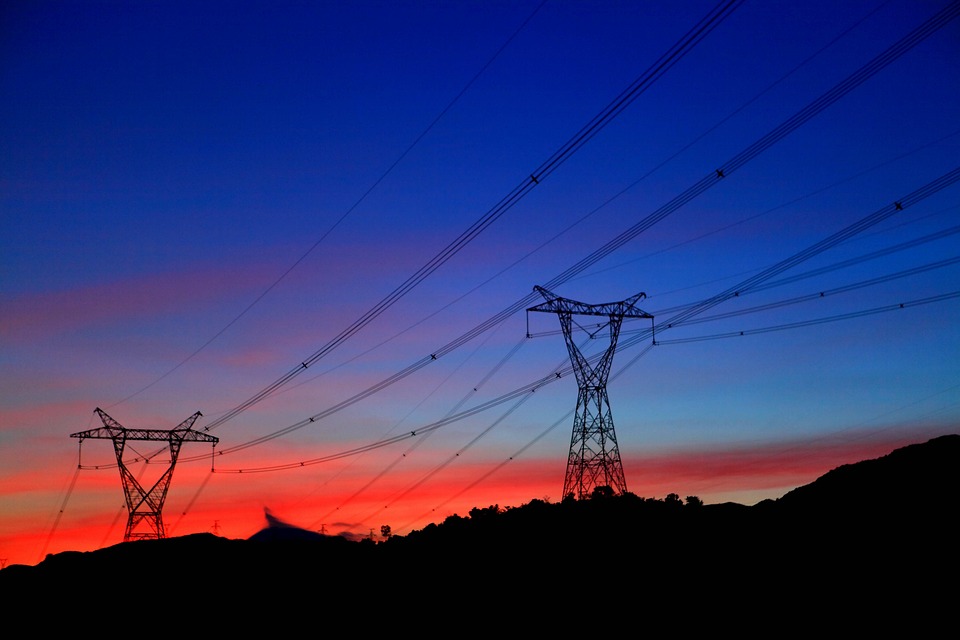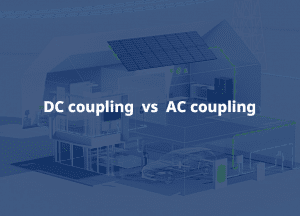How does the US electrical grid work?
The US electrical grid is the system responsible for supplying energy to almost every home and business in America. As such, it is a vital part of the nation’s infrastructure and requires a huge amount of regulation, monitoring, and maintenance.
The grid is a fascinating feat of engineering, and the way it functions is constantly evolving to meet the changing demands of consumers and to accommodate the diverse range of energy sources now available, including renewables.
But how does the electrical grid work? In this article, we look at how the grid ensures that almost everyone in the US can access reliable power and how the nature of the grid is changing.
Contents
● What is an electrical grid?
● How does the grid work?
● What are the main components of the electrical grid?
● How is the grid divided in the US?
● How is the grid regulated?
● How are renewable energy sources affecting the grid?
● An evolving energy landscape
What is an electrical grid?
An electrical grid is a network of connections from electricity producers to electricity consumers. In most countries, the majority of people and businesses access their power through this kind of central electrical grid.
The US is no exception, as almost the entire country – encompassing over 300 million people – is serviced by the US electrical grid.
How does the grid work?
The US electrical grid exists to supply homes and businesses across the country with reliable electricity. The system works by transporting electricity – generated in power stations and using renewable sources such as solar panels – throughout the country and eventually into individual buildings.
The grid incorporates a wide range of energy sources, includes millions of miles’ worth of wiring, and must meet the fluctuating demands of hundreds of millions of people, 24 hours a day, seven days a week, 365 days a year. As a result, the system is highly complex, requiring thousands of employees at any one time for the monitoring and maintenance of the network to ensure ongoing reliability.
What are the main components of the electrical grid?
An electrical grid is made up of four main elements:
- Generation – Producers generate electricity using any of a number of methods, including burning fossil fuels, utilizing nuclear power plants, using solar panels, or harnessing other forms of renewable energy.
- Transmission – This is the process of transporting electricity from the point of generation to the area of consumption. Transmission in the US grid involves networks of high-voltage power lines, mostly installed overhead using pylons, running to distribution substations in individual neighborhoods. These substations step down the voltage for distribution.
- Distribution – The distribution process involves transporting electricity from distribution centers around specific areas, such as city neighborhoods. This is generally achieved using a network of wires overhead, such as those held by wooden poles, or with underground wires.
- Consumption – The voltage is stepped down once again (to 240 volts) via transformers located close to the individual consumers. This is the voltage that is fed directly into people’s homes and businesses.
How is the grid divided in the US?
The US electricity grid is not actually one grid but is made up of three major grids covering three regions. This is mostly due to the sheer scale of the country, with a total of almost 4 million square miles to cover. The three major electrical grids in the US are:
- The Western Interconnection – covering the area from the Rocky Mountain states to the Pacific Ocean.
- The Eastern Interconnection – covering the states located east of the Rocky Mountains.
- The Texas Interconnection – covering most of the state of Texas, the largest state in the Lower 48.
Within these three regions, the grids are divided up further into many smaller grids serving specific areas of the country.
How is the grid regulated?
The US grid is regulated by a range of authorities, all with different responsibilities. The overarching regulatory body is the Federal Energy Regulatory Commission (FERC). This US government agency oversees all of the electricity sales and transmission between states, as well as the hydroelectric power and oil pipeline networks across the nation.
FERC sets rules which utility companies and other regulatory bodies are required to follow. The smaller bodies include multiple Regional Transmission Organizations (RTOs), Independent System Operators (ISOs), state-specific utility commissions, and more. These bodies handle much of the daily regulatory work required for the grid, but they ultimately all answer to FERC.
How are renewable energy sources affecting the grid?
As renewable energy sources are gradually becoming more popular across the US, they are increasingly affecting the way the grid operates.
In the past, energy for the grid was supplied almost exclusively by power stations. Now, renewable energy, including hydro, wind, and solar, is being added to the grid, increasing the diversity of the energy supply.
Solar power is particularly interesting, as solar panels are often installed on people’s homes. When production is higher than consumption, such as during a sunny day, most solar systems automatically feed excess electricity into the grid, creating a nationwide network of micro-suppliers.
An evolving energy landscape
The US electrical grid is an enormous, highly complex network that supports the everyday lives of almost all Americans. We take it for granted, but it requires dedicated work on the part of thousands of employees at all times just to keep it functioning.
While the basic structure of the grid has essentially remained very similar for decades, the nature of the energy supplied is evolving. Renewable energy sources are becoming an increasingly large part of the makeup of the US electrical grid. Now, solar panels on homes and businesses contribute a significant amount of electricity to the grid, and this trend is only going to continue as the necessary equipment, such as solar panels, microinverters, and batteries, becomes more accessible to the average American.
Hoymiles supplies a range of specialized solar solutions for solar panel systems, including high-quality microinverters to help you access cheaper, more reliable electricity, reduce your carbon footprint, and build your energy independence.





